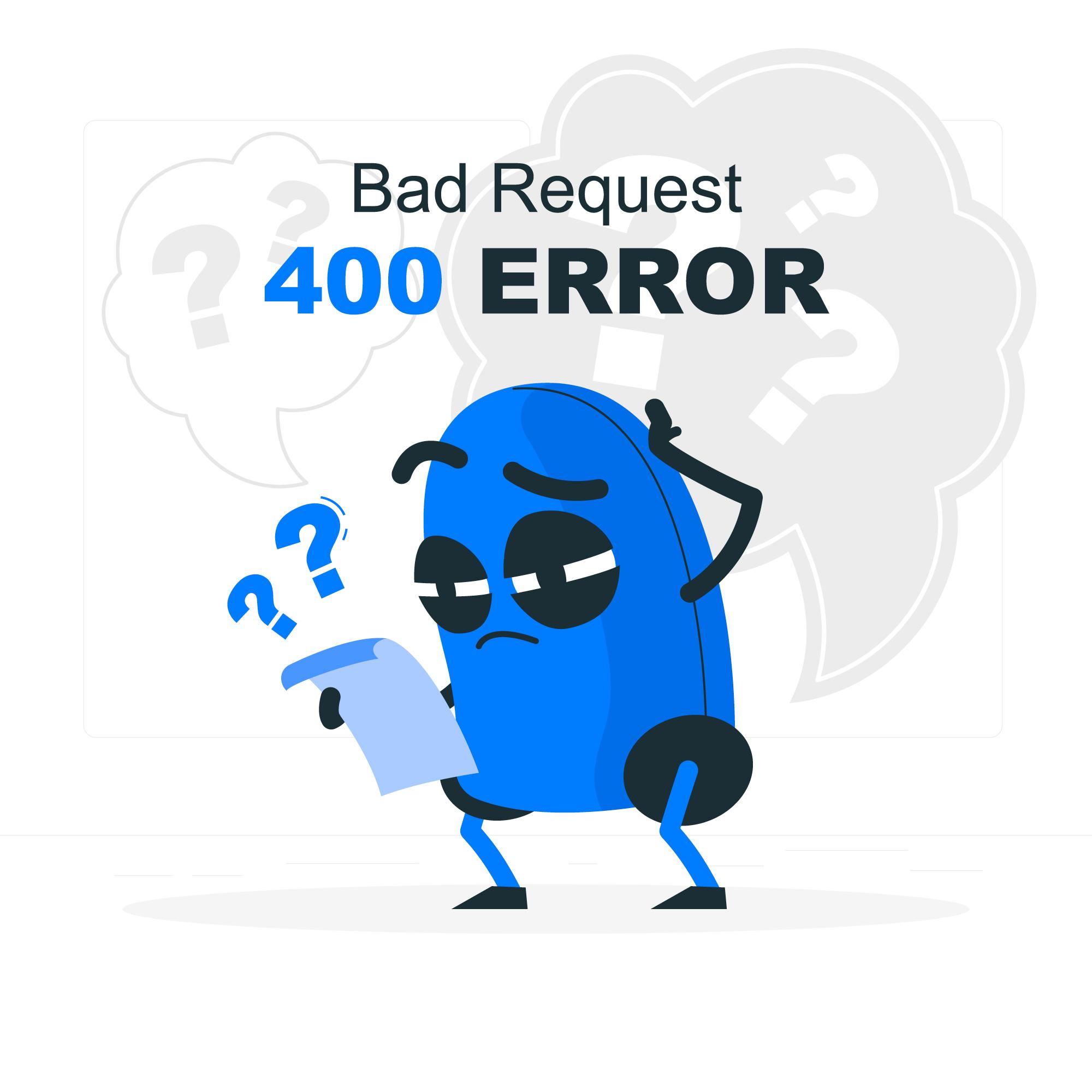Yes — and it does, partially. Large platforms don’t try to make everything available offline. Instead, they strategically cache the most relevant parts of the experience. Here’s how it works:
How a Big Site Like Amazon Uses PWA Smartly
1. Cache Only Critical Pages
Amazon wouldn’t cache every product page. Instead, it might cache:
- The homepage
- User’s last browsed category or cart
- Product pages recently visited
- Checkout page (partially)
This keeps offline data light and relevant.
2. Cache Static Assets
Assets like:
- Logo, fonts, icons
- Common JavaScript/CSS files
- Header/footer components
…are reused across pages and can be cached once and used everywhere.
3. Use Dynamic Caching
Instead of downloading everything up front, Amazon can use runtime caching:
When a user views a product, it’s cached for later offline access.
4. Offline Fallback Pages
If a user goes offline:
- They can still open the site
- If they request a page that’s not cached, a friendly offline message shows:
“You’re offline. Try again when you’re back online.”
So What’s the Goal for Big Sites with PWAs?
It’s not about making everything work offline. It’s about:
- Performance boost (instant loads of key pages)
- Better mobile UX (installable app-like experience)
- Reduced bounce rate (especially on flaky connections)
- Improved engagement (e.g., push notifications for offers)
Real-World Example: Amazon’s Competitor Flipkart
Flipkart Lite (India’s Amazon rival) is a PWA:
- 3x lower data usage
- 3x longer average time on site
- 70% more conversions
Even huge e-commerce platforms don’t make everything offline — instead, they focus on UX, speed, and resilience, and use PWAs for the “last mile” performance and user engagement gains.
Would you like a simple demo PWA example for an e-commerce category page with offline support?







